Stakeholders in development projects
The term 'stakeholder' refers to anyone that has an interest in a project and can influence its success.
It is important to identify stakeholders in a project as early as possible. They may include the following;
- Members of the client organisation (such as user panels, champions and department heads).
- Other user groups (such as customers, residents, occupants, and visitors).
- Neighbours and community groups.
- Funders and shareholders.
- The local authority building regulations, licensing and planning departments.
- Other statutory authorities and non-statutory consultees.
- Special interest groups such as heritage organisations and environmental bodies.
- Suppliers.
- The emergency services.
- Statutory undertakers (utilities companies).
- Insurance and warranty providers.
- investors
Stakeholders may not all have the same objectives. It is important therefore to identify areas of convergence and areas of difference between them and to manage individuals whose expectations are unlikely to be met.
A first step in considering how to interact with stakeholders can be the preparation of a stakeholder map or stakeholder matrix (see examples on the archived OGC website and Buro Happold: A Rough Guide to Stakeholder Mapping)
A stakeholder map might assess:
- The likely impact of the development on the stakeholder.
- The issues that they will have an interest in.
- Their likely position.
- Their ability to influence the development.
- Their potential impact on the project.
- Potential mitigating actions.
A stakeholder map allows a plan to be developed for how to manage the involvement of different stakeholder groups. Clearly, a stakeholder that the project will significantly impact upon, who has a strong ability to influence the development and is likely to be against it, will require a great deal of attention. This may result in the preparation of a stakeholder management plan outlining strategies for stakeholder communication and consultation.
Where the intention is to involve stakeholders in the development of the project, they should be involved early on to allow them to influence key stages such as brief development, rather than just allowing them to comment on designs after they have been completed (see the article consultation process for more information).
Stakeholders can provide useful feedback (and an indication of the likely response to a subsequent planning application), however, as they may not be experienced in building projects, and their actions may be beyond the control of the client, their involvement requires careful organisation, and a clearly understood mandate. Large or complex projects may benefit from a professional third-party facilitator to ensure that stakeholder involvement is properly managed.
A variety of communicating methods can be used to help stakeholders properly understand the project (such as 3D visualisations), and a variety of consultation methods can be adopted:
- One to one consultations.
- Meetings.
- Focus groups.
- Questionnaires.
- Exhibitions and open-days.
- Workshops.
- Websites.
- Printed materials.
- The use of specialist toolkits and games.
Stakeholder management should be an ongoing process not a one-off event, and the stakeholder map and management plan may need to be updated throughout the life of the project.
See also: Project delivery stakeholders.
[edit] Related articles on Designing Buildings
- BREEAM project delivery stakeholders.
- Champions.
- Community engagement in conservation.
- Consultation process.
- Early BREEAM stakeholder engagement.
- Interested party.
- Interface risk in construction.
- Non-statutory consultees.
- Primary stakeholder.
- Project delivery stakeholders.
- Secondary stakeholder.
- Stakeholder map.
- Stakeholder management.
- Stakeholder management: a quality perspective.
- Statutory authorities.
- Statutory undertakers.
- Third party dependencies.
- User panels.
Featured articles and news
Boiler Upgrade Scheme and certifications consultation
Summary of government consultation which closes 11 June 2025.
Deputy editor of AT, Tim Fraser, discusses the newly formed society with its current chair, Chris Halligan MCIAT.
Barratt Lo-E passivhaus standard homes planned enmasse
With an initial 728 Lo-E homes across two sites and many more planned for the future.
Government urged to uphold Warm Homes commitment
ECA and industry bodies write to Government concerning its 13.2 billion Warm Homes manifesto commitment.
Places of Worship in Britain and Ireland, 1929-1990. Book review.
The emancipation of women in art.
CIOB Construction Manager of the Year 2025
Just one of the winners at the CIOB Awards 2025.
Call for independent National Grenfell oversight mechanism
MHCLG share findings of Building Safety Inquiry in letter to Secretary of State and Minister for Building Safety.
The Architectural Technology Awards
AT Awards now open for this the sixth decade of CIAT.
50th Golden anniversary ECA Edmundson awards
Deadline for submissions Friday 30 May 2025.
The benefits of precast, off-site foundation systems
Top ten benefits of this notable innovation.
Encouraging individuals to take action saving water at home, work, and in their communities.
Takes a community to support mental health and wellbeing
The why of becoming a Mental Health Instructor explained.
Mental health awareness week 13-18 May
The theme is communities, they can provide a sense of belonging, safety, support in hard times, and a sense purpose.
Mental health support on the rise but workers still struggling
CIOB Understanding Mental Health in the Built Environment 2025 shows.
Design and construction material libraries
Material, sample, product or detail libraries a key component of any architectural design practice.
Construction Products Reform Green Paper and Consultation
Still time to respond as consultation closes on 21 May 2025.
Resilient façade systems for smog reduction in Shanghai
A technical approach using computer simulation and analysis of solar radiation, wind patterns, and ventilation.







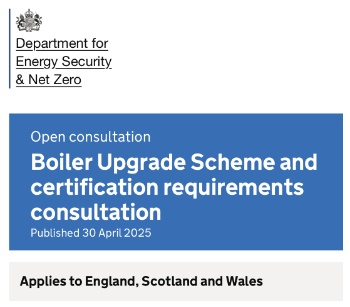
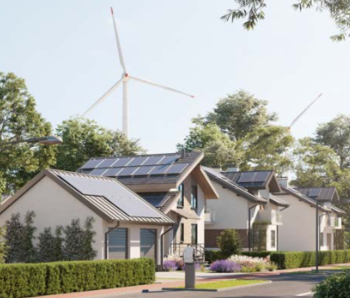
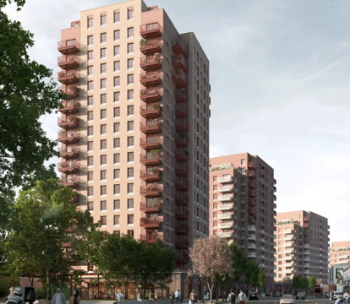





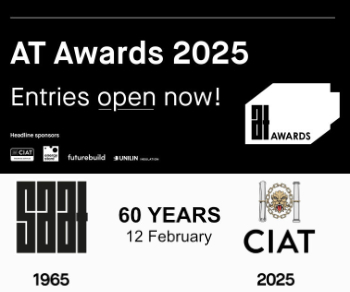

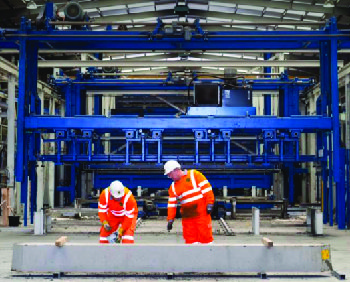



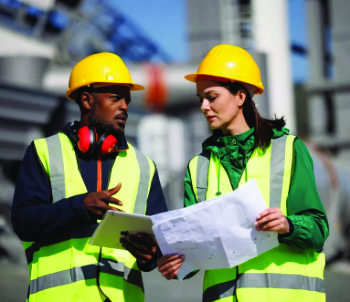

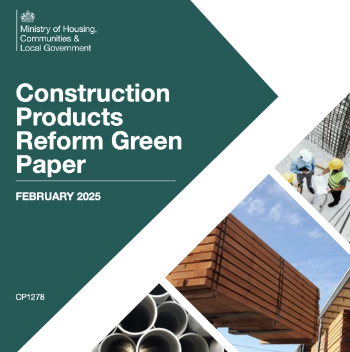

Comments
1) Statutory Stakeholders:
Local Authority/Historic England/HSE/Environmental Agency/GLA etc
Local authority contacted through the planning process. (eg during a request for pre-application advice meeting a request can be made for heritage and transport officer) Others contacted as required
2) Secondary Stakeholders: 20C society/Local Neighbourhood Action Groups/ Historic societies/ Local parishes etc
Key relevant groups requested and contacted by the local authority as seen relevant for input during the determination period. Meetings can be arranged individually to discuss any concerns and during the design development.
3) Others-General Public
General public includes local residents and businesses. Contacted via letter (issued by planning consultant) to notify of public consultation. Notified by local authority once the planning submission has been validated, to invite for comments during the determination period.